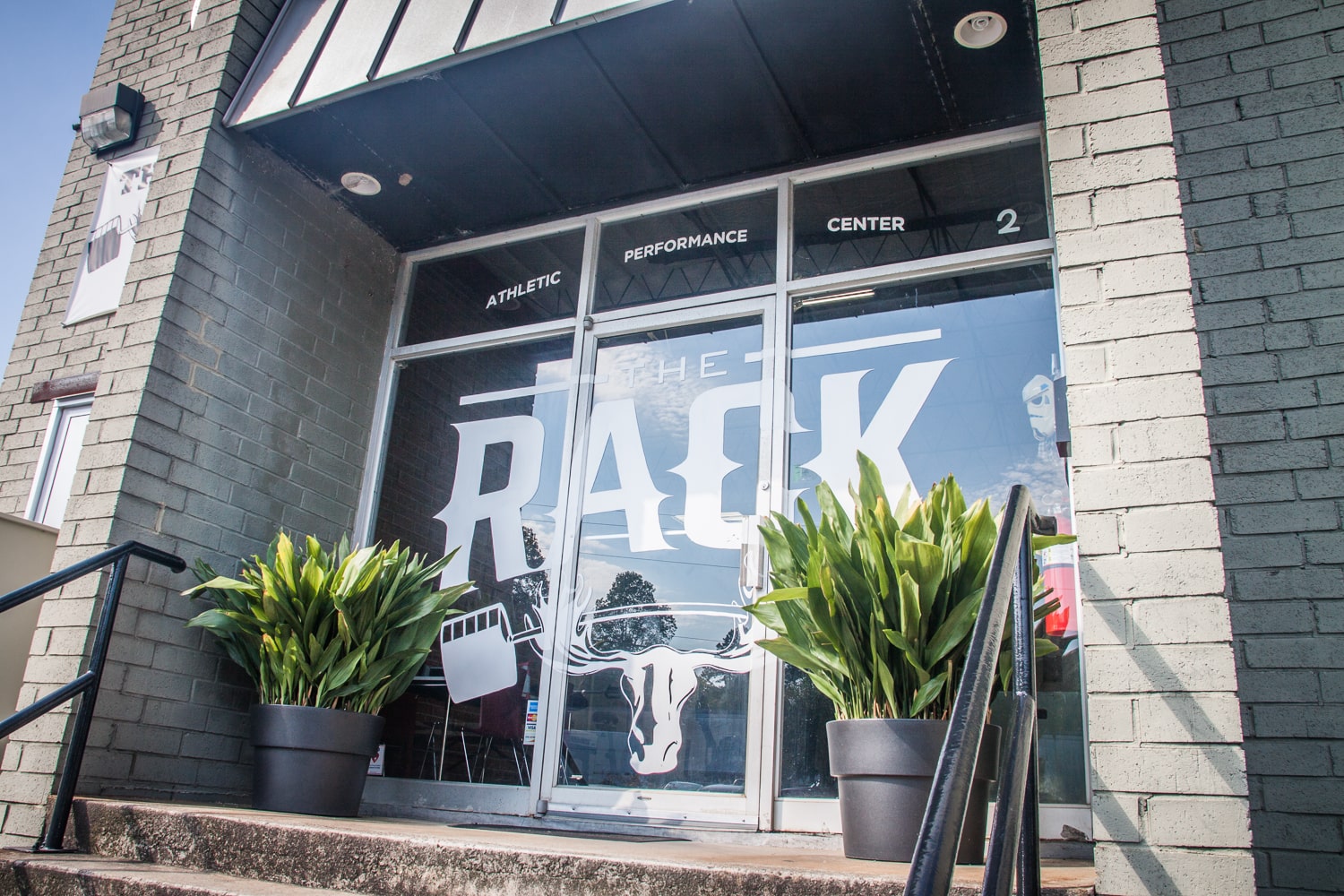Energy Systems

The human body has three main energy systems, the Phosphagen System, the Glycotic System, and the Oxidative system. The Phosphagen System, also known as the Creatine Phosphate system or Phosphocreatine system, is used for high intensity activities lasting between 0-10 seconds, such as high intensity resistance training and sprinting. Creatine Phosphate metabolizes quickly and is used to replenish ATP (Adenosine Triphosphate).
The Glycotic System involves the breakdown of Glycogen or Glucose to replenish ATP. There are two types of glycolysis, fast (anaerobic) glycolysis and slow (aerobic) glycolysis. Fast glycolysis is used during activities lasting 15-30 seconds and slow glycolysis is used during activities lasting between 1-3 minutes. Fast glycolysis involves the conversion of Pyruvate to Lactate to release energy and replenish ATP and slow glycolysis occurs in the mitochondria, converting pyruvate to Acetyl-CoA to release energy and replenish ATP.
The oxidative system is the primary source for ATP and is used during rest and low-intensity activities lasting over 3 minutes. When you think of the oxidative system, think of long, low-intensity aerobic exercise.



